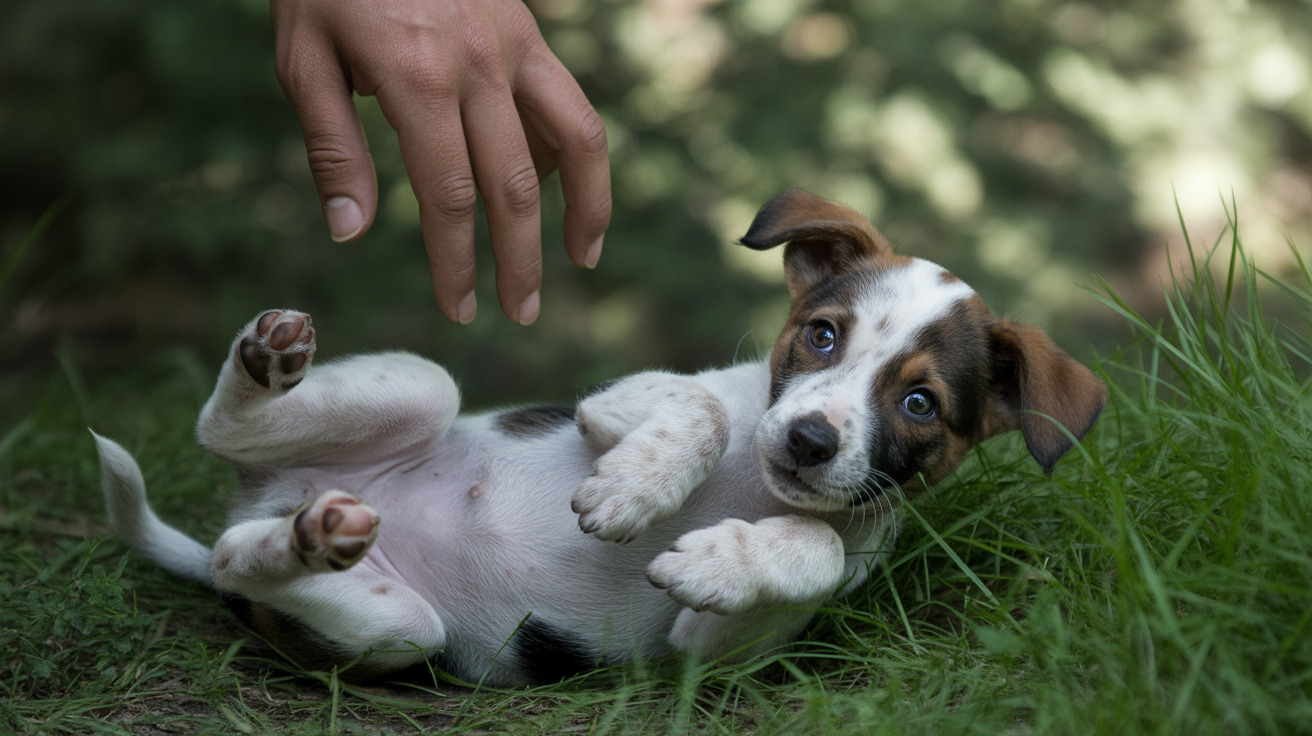The Science Behind Sock Stealing: It's All About Scent
Dogs possess an extraordinary sense of smell, with up to 300 million olfactory receptors compared to our mere 6 million. Socks, particularly worn ones, carry a concentrated version of their owner's scent, making them irresistible to many dogs.
This powerful scent connection explains why dogs often choose dirty socks over clean ones – they're attracted to the familiar smell of their beloved human family members. The scent provides comfort and security, especially when you're away from home.
Natural Instincts and Breed-Specific Behaviors
Many dogs' sock-stealing behavior can be traced back to their ancestral instincts. Retrieving and carrying objects is deeply ingrained in canine DNA, particularly in breeds specifically bred for these tasks, such as Labrador Retrievers and Spaniels.
The soft, portable nature of socks makes them perfect "prey items" for dogs to carry around, mimicking their ancestors' behavior of bringing valuable items back to their pack. This instinctual drive can be stronger in certain breeds but exists to some degree in all dogs.
Attention-Seeking and Play Motivation
Dogs quickly learn that grabbing a sock often results in an exciting chase game with their owner. Even negative attention, such as scolding, can reinforce the behavior because any interaction is better than no interaction from their perspective.
Many dogs have learned that sock theft is a reliable way to initiate play or get their owner's attention. This understanding makes the behavior self-reinforcing, as the dog associates sock-stealing with fun interaction time.
Comfort and Anxiety Relief
For some dogs, especially those with separation anxiety, socks serve as comfort objects. The familiar scent of their owner can help reduce stress and provide emotional support when they're feeling anxious or alone.
This behavior might increase during times of stress or change in the household, as dogs seek additional comfort through items carrying their owner's scent.
Health and Safety Concerns
While sock-stealing might seem harmless, it can pose serious health risks if your dog moves beyond carrying to actually ingesting socks. Textile ingestion can lead to dangerous intestinal blockages that may require emergency surgery.
Signs of sock ingestion include vomiting, lethargy, loss of appetite, and unusual bathroom habits. If you suspect your dog has swallowed a sock, contact your veterinarian immediately.
Prevention and Training Solutions
The best approach to managing sock-stealing behavior combines preventive measures with positive training techniques:
- Keep socks out of reach in closed drawers or hampers
- Provide appropriate alternative toys, especially those designed for carrying and retrieving
- Increase daily exercise and mental stimulation to prevent boredom
- Teach and reinforce "drop it" and "leave it" commands
- Never chase your dog when they have a sock, as this reinforces the behavior
Frequently Asked Questions
Why do dogs steal socks, and what are the main reasons behind this behavior?
Dogs steal socks primarily due to their strong sense of smell (attracted to owner's scent), natural retrieving instincts, desire for attention or play, and comfort-seeking behavior. The behavior can also be reinforced by owner reactions and the physical satisfaction of carrying soft objects.
How can I prevent my dog from stealing socks without causing them stress or boredom?
Prevent sock-stealing by keeping socks inaccessible, providing appropriate toy alternatives, ensuring adequate exercise and mental stimulation, and using positive reinforcement training methods. Never punish the behavior, as this can increase anxiety and stress.
Is it normal for dogs to eat socks, and what are the potential health risks?
While stealing socks is normal, eating them is not and can be extremely dangerous. Ingested socks can cause serious intestinal blockages requiring emergency surgery. If your dog shows interest in eating socks, consult a veterinarian or animal behaviorist.
How can I redirect my dog's sock-stealing behavior to more appropriate toys or activities?
Redirect the behavior by providing engaging toys, especially those designed for carrying and retrieving. Consider scenting appropriate toys with your smell and rewarding your dog for choosing these alternatives over socks.
Can my dog's sock-stealing habit be a sign of a deeper behavioral issue, such as separation anxiety or pica?
Yes, excessive sock-stealing can indicate underlying issues like separation anxiety, compulsive behavior, or pica (eating non-food items). If the behavior seems obsessive or is accompanied by other concerning symptoms, consult a veterinarian or professional behaviorist.






